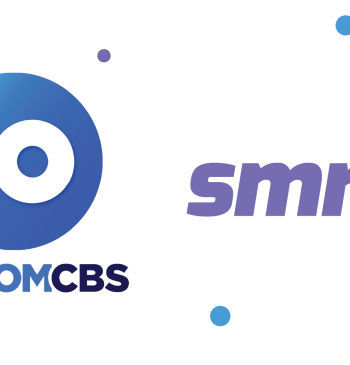Connecting The Dots: How You Can Use Location Data
15 Mar

A recent study from the Location Based Marketing Association found that 95 percent of global companies are already using location-based services, while 72 percent of companies considered it to be important or very important.
According to the research, increasing brand recall, driving foot traffic, driving sales at POS and the ability to target are the most popular uses for location data when it comes to marketing.
But given almost everyone is now using location data, coupled with shifting privacy laws and requirements, the challenge is now on marketers to be creative and stand out from the competition.
When it comes to using location data for marketing, it is often viewed as simply geofencing specific areas or sending push notification to customers when they visit a certain area.
And while these are both practical uses of location data, they are both only scratching the surface of what this data can do.
Getting your hands onto location data
Despite its wide use, location data is becoming increasingly harder for marketer’s to get their hands on. In 2019 Apple started introducing pop-ups on iOS devices, showing users how different apps collect data and giving the option to limit how much location data apps collect.
At the time it was suggested the move would “cripple” location-based marketing. However, while the change might have made location data less accessible for marketers, there are still a number of solutions that enable the use of this technology while still promoting user privacy.
Changes in data collection have increased the importance of a value exchange between consumers and brands when working with location data. While not a brand, the NSW government’s FuelCheck app has highlighted the importance of such an exchange. The app collects location data to show drivers where the cheapest nearby fuel is. Not only does this help the consumer find the best deal, it also puts pressure on petrol stations to deliver more affordable prices, benefiting the wider community. FuelCheck shows that consumers are willing to share their location data, provided there is some sort of value exchange present.
Putting location data to use
As we continue to move towards ‘people-based marketing’, location data remains unrivaled in its ability to highlight purchase intent and real-world behaviour. While someone looking at pet equipment online may or may not own a dog, someone that visits a pet store in the real-world and dog parks is more than likely to own a dog. It is here that location data can start to help marketers when it comes to connecting the dots between the online and offline worlds.
Conversions in online advertising are usually focused on clicks and online purchases, ignoring potential real-world sales. Retail businesses, for example, are now starting to use location based data to confirm if people that have been exposed to an ad at the higher end of the marketing funnel are then going on to visit stores. Theatre chains can look at where moviegoers go after a film to see whether they were influenced by ads that were shown.
At smrtr, we are all about helping marketers connect the online and offline through the power of data. We use the device data to build audience segments based on the anonymised activity, movement and behaviour of aggregated audience segments, striking what we feel is the optimal balance of performance and privacy.
By Boris Guennewig, Co Founder & CTO at smrtr




